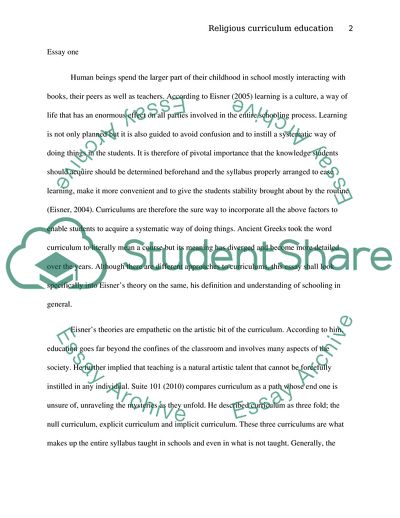Cite this document
(Curriculum Theory by Elliot Eisner Coursework Example | Topics and Well Written Essays - 2000 words, n.d.)
Curriculum Theory by Elliot Eisner Coursework Example | Topics and Well Written Essays - 2000 words. Retrieved from https://studentshare.org/religion-and-theology/1742467-religious-curriculum-education-and-catholic-schools
Curriculum Theory by Elliot Eisner Coursework Example | Topics and Well Written Essays - 2000 words. Retrieved from https://studentshare.org/religion-and-theology/1742467-religious-curriculum-education-and-catholic-schools
(Curriculum Theory by Elliot Eisner Coursework Example | Topics and Well Written Essays - 2000 Words)
Curriculum Theory by Elliot Eisner Coursework Example | Topics and Well Written Essays - 2000 Words. https://studentshare.org/religion-and-theology/1742467-religious-curriculum-education-and-catholic-schools.
Curriculum Theory by Elliot Eisner Coursework Example | Topics and Well Written Essays - 2000 Words. https://studentshare.org/religion-and-theology/1742467-religious-curriculum-education-and-catholic-schools.
“Curriculum Theory by Elliot Eisner Coursework Example | Topics and Well Written Essays - 2000 Words”. https://studentshare.org/religion-and-theology/1742467-religious-curriculum-education-and-catholic-schools.


